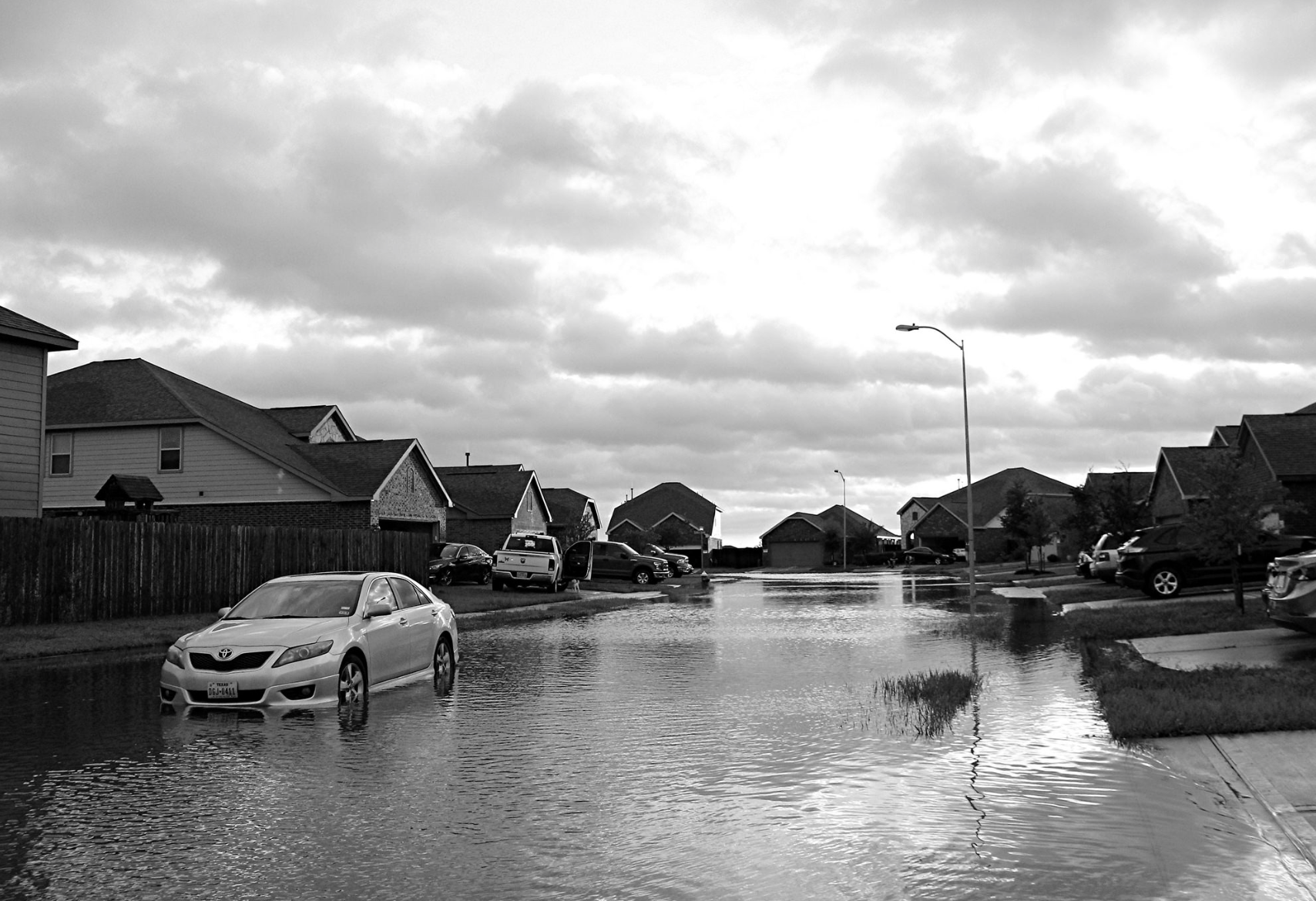That’s one of the major conclusions from Affordable Multi-Family Housing: Risks and Opportunities, a report released by the Greater Houston Flood Mitigation Consortium this week. The Kinder Institute teamed with the Community Design Resource Center at the University of Houston and the Local Initiative Support Corporation Houston, to produce the report on behalf of the Consortium.
Renters make up 45 percent of Harris County’s population. Within the City of Houston that number rises to 57 percent. In total there are 703,000 renting households in the county. Nearly 303,000 of those households make less than $49,000 a year, and 140,218 make less than $20,000 a year. For all of these households, finding affordable rental units is an immense challenge.
Several pressures are exacerbating the affordable housing crunch. Rents are on the rise across the county and incomes have not kept pace, which leads to hundreds of thousands of residents spending more than 30 percent of their income on housing. Further, not only has the production of multi-family units not kept up with demand, but many older, often more affordable multi-family units are being lost each year due to renovations or demolitions. Finally, nearly 11,000 of the almost 60,000 units that are currently publicly subsidized could see those subsidies disappear within five years. The affordable units that the region most needs are being lost and not replaced fast enough.
On top of the limited number of multi-family units, floods pose a major threat to another 165,873 multi-family units that are within a currently mapped floodplain. That equates to approximately 475,000 Harris County residents that are vulnerable to future flood events. Each time multi-family units are taken offline because of flood damage, the overall crisis in affordable housing gets worse.
The impacts of the lack of affordability and flood risk are falling onto some of Harris County’s most vulnerable residents. As a part of the report the Kinder Institute analyzed the demographic makeup of residents in areas with the highest number of multi-family units and flood risk. The map below shows the 104 census block groups that fall into that category.

Photo from the Kinder Institute
Compared to the county average, these census blocks have more residents who are lower-income, non-white and who live alone. Flood-risk amplifies the vulnerability of these households. As Hurricane Harvey showed, residents who have compounded challenges before a disaster—low household incomes, older homes and health issues—have a much harder time recovering after a disaster.
The report also lays out a number of potential policy considerations to address the current challenge. Crucially, no one entity will be able to address the challenge on its own. Local, county, state and federal actors will need to identify places of action and collaboration. The private sector will also need to be involved—from developers to lenders. Further, not all the policy responses focus on housing alone. Raising wages and incomes for households across the county, for example, would allow residents to afford more units without stretching budgets.
The policy and programmatic ideas laid out in the report focus on preserving existing affordable units in low-risk areas, building new units in low-risk areas and providing additional supports for vulnerable residents. The strategies include ideas such as preserving currently affordable units and building new ones through the use of a housing trust fund or housing strike fund. In many cities such funds have been funded through a combination of public and private funding and can help public entities and non-profits protect affordable units. Additional supports such as eviction protections or locally funded rental assistance programs can help disaster-impacted residents navigate recovery.
The report makes it clear that Harris County’s housing challenges are tied to its flooding issues. Finding solutions to both will require collaborative, innovative and compassionate action in order to reduce risks to residents and to provide safe homes for all.

